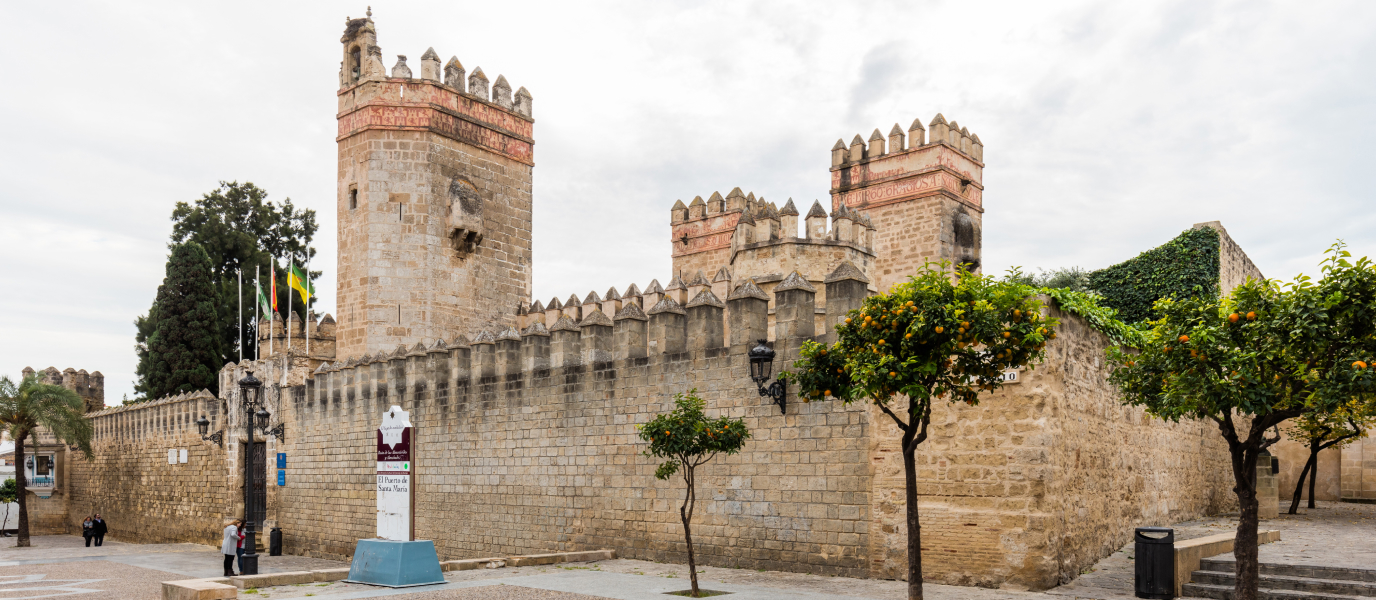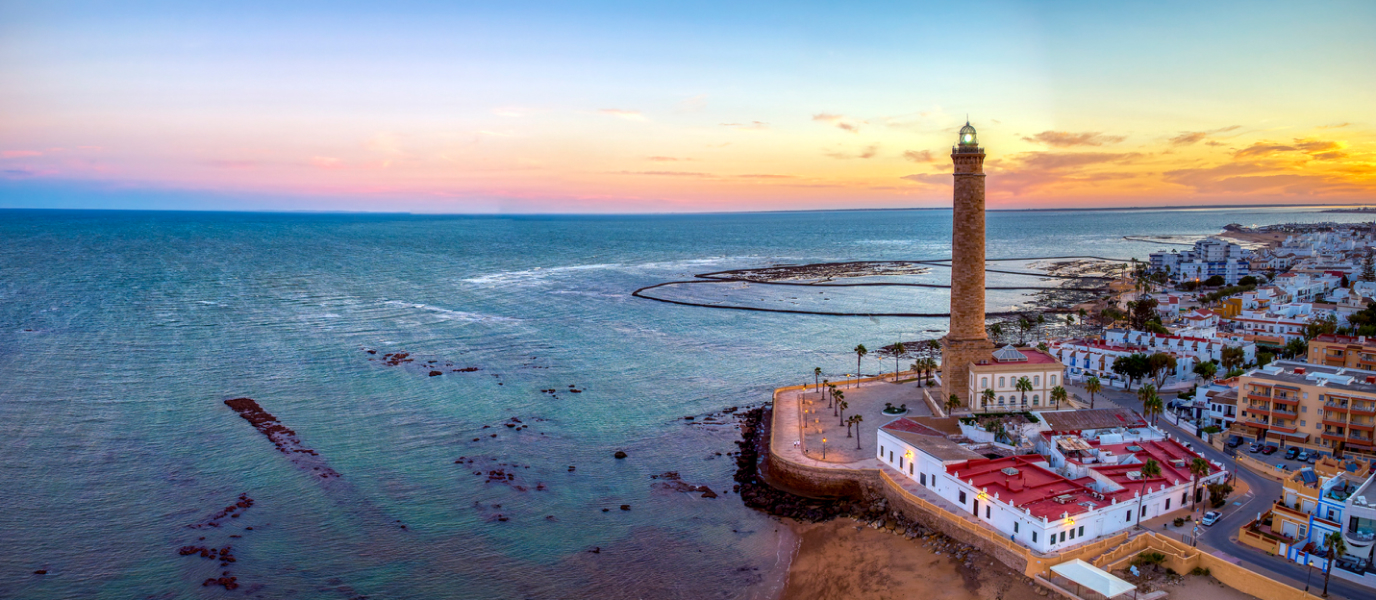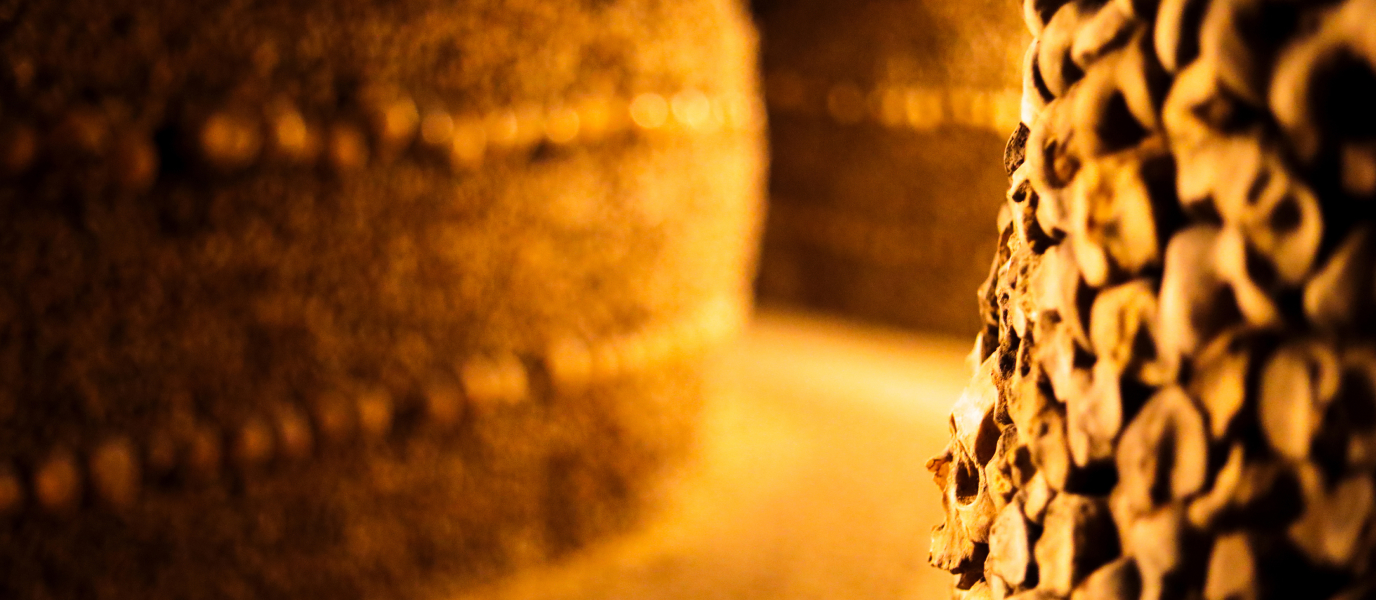The Castillo de San Marcos Castle, built on a tenth-century mosque, is one of the iconic buildings of El Puerto de Santa María. At present, it forms a monument and leisure complex, with components dating from the tenth to the fifteenth centuries. It is certainly worth your while to visit this beautiful highlight in Cádiz.
Since the fourteenth century, the ownership of the Castillo de San Marcos Castle was linked to the family of Fernando de la Cerda, the oldest son of King Alfonso X the Wise and the future Duke of Medinaceli. In 1934 ownership was transferred to the Municipal Council of El Puerto de Santa María, but only for a few years as after Spanish Civil War, a branch of the House of Medinaceli recovered ownership for a time, until it was passed on to the current owner, the Luis Caballero S.A. company in the 50s of the twentieth century, which installed Bodegas Caballero wine cellars beside the castle.
Castillo de San Marcos Castle, a National Monument in El Puerto de Santa María
When the Castillo de San Marcos Castle lost its nature as a fortress, it was used for other purposes. It was the seat of the Town Hall, an archive, a materials storage depot, a galley prison and even home for some neighbours… and with each new use it underwent transformations. Finally, in 1920 it became protected as it was catalogued as a National Monument.
This spectacular Gothic-style castle has an octagonal keep, under which there is the sanctuary of a chapel ordered to be erected by Alfonso X on the parade ground, which was built of Mudéjar-style brick. The enclosure is flanked by eight towers topped with battlements and it is surrounded by a small old city wall.
Its origin, a rural mosque
But let’s start at the beginning and discover the origins of the Castillo de San Marcos Castle, as before this monument it was a small rural mosque built in the tenth century, which was expanded in the eleventh and twelfth centuries with a small fortification.
Subsequently, in about 1260, Alfonso X the Wise transformed the mosque into a Christian church with the Gothic image of Nuestra Señora de Santa María del Puerto, who the town’s first inhabitants worshipped and who gave the town its name. An effigy that is still venerated today in the Priory Church of El Puerto de Santa María under the advocacy of Our Lady of Miracles.
The Virgin from Alfonso X’s cantigas
Alfonso X dedicated many cantigas (medieval monophonic songs) to this virgin to narrate the miracles performed by Saint Mary, which attracted many pilgrims who repopulated the town. Some of Alfonso X’s poems also describe the process of transforming the mosque into a Christian church. And long after, Fernán Caballero also sited his novel Un servilón y un liberalito, published in 1823, in the Castillo de San Marcos Castle.
Since the 40s of the twentieth century, the Castillo de San Marcos Castle, which still preserves the shields of Castile and León, has undergone a major rehabilitation process, both on the outside and on the inside, as a symbol of the cultural heritage of El Puerto de Santa María. An annexed wine cellar has also been recovered, which has now become the castle’s wine cellar, and has also been consolidated as the official seat of Alfonso X the Wise.
A place for culture and leisure
The revitalisation of the Castillo de San Marcos Castle also includes an extensive programme of cultural activities, featuring the San Marcos Castle Music Cycle, exhibitions and exclusive events.
One of the peculiarities of the Castillo de San Marcos Castle is that it was visited by none less than Christopher Columbus and Juan de la Cosa, among other illustrious seafarers. This is the explanation that the visitor will encounter, on leaving the castle, with a bust of Juan de la Cosa, an essential figure in the discovery of America. There is also a ceramic replica of the first world map that included the American continent, whose original, a large map painted on parchment, is exhibited at the Naval Museum in Madrid. You will also find a bust very close by of Alfonso X the Wise.
An inscription on the famous world map of Juan de la Cosa was said to have been made by Santoña the sailor in El Puerto de Santa María in the year 1500. And everything seems to indicate—especially due to its rich ornamentation—that it was done on behalf of some powerful character of the court of the Catholic Monarchs.
Bodegas Caballero wine cellars visit
Your tour of the Castillo de San Marcos Castle, which is open to the public, can be completed with a visit to the San Marcos Castle Wine Cellar, which is beside the monument. Here you will discover the role wine plays in the history of this castle and you will closely get to know how the typical wines from the area are made. This is a historic winery that belongs to the Caballero Group, whose history dates back to 1830.







































































